
Original Custom Logo Retro Men Women Skateboard Manufacturer Basketball Casual Leather Sneakers Low Top Custom Fashion Shoes





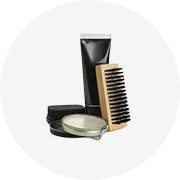
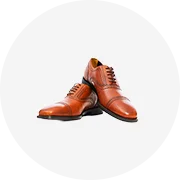
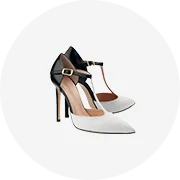
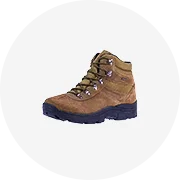
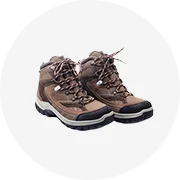
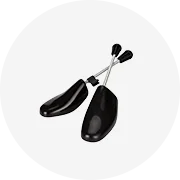

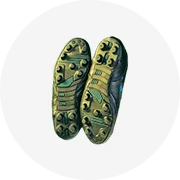
An outsole is the bottom layer of a shoe that directly contacts the ground. It is vital in providing traction, stability, and protection to the wearer's feet. The type of outsole used in footwear varies depending on its intended use and the conditions it will encounter.
The rubber outsole is among the common and versatile choices. It offers excellent grip, durability, and abrasion resistance. Rubber outsoles are suitable for a wide range of footwear, from sneakers to hiking boots, providing reliable traction on various surfaces. The EVA outsole is known for its lightweight and cushioning properties. It offers exceptional shock absorption, making it a popular choice for athletic and casual shoes. EVA outsoles provide comfort and flexibility, ideal for activities that require impact protection. Synthetic outsoles are made from synthetic materials like polyurethane (PU) and are typically lighter than rubber. They are commonly found in dress shoes and some athletic shoes. Synthetic outsoles can be designed to offer specific features like flexibility and shock absorption.
PVC outsoles are affordable and can be made in various colors and designs. They are commonly found in rain boots and some fashion shoes. However, PVC is not as durable or comfortable as other materials. Leather outsoles are often found in dress shoes and formal footwear. They are more elegant and offer a sleek appearance. While not as durable as rubber, leather outsoles provide a distinctive style and can be resolved to extend the life of the shoes. TPU outsoles are favored for their exceptional durability and flexibility. Their key features and advantages include excellent abrasion resistance, ensuring a longer lifespan for footwear. TPU outsoles provide stability, making them suitable for rugged outdoor activities like hiking and working in demanding environments. They maintain their shape and performance in various weather conditions, including extreme temperatures.
The outsole of the shoe is designed with specific tread patterns tailored to various activities. For instance, hiking boots have deep, multidirectional lugs for grip on uneven terrain, while running shoes have grooves and flex grooves for flexibility and traction on pavement. Certain outsoles incorporate slip-resistant designs with patterns that enhance traction on slippery surfaces. They are commonly used in work boots and shoes for occupations where slip hazards are prevalent.
The depth and arrangement of treads impact the outsole's lifespan. Deeper treads generally last longer but may affect flexibility. Tread compounds also vary, with some designed for extended wear while others prioritize grip. The choice of shoe outsole type and tread pattern depends on the intended use of the footwear. Selecting the appropriate outsole for running, hiking, formal occasions, or specific work environments is crucial for comfort, safety, and performance.